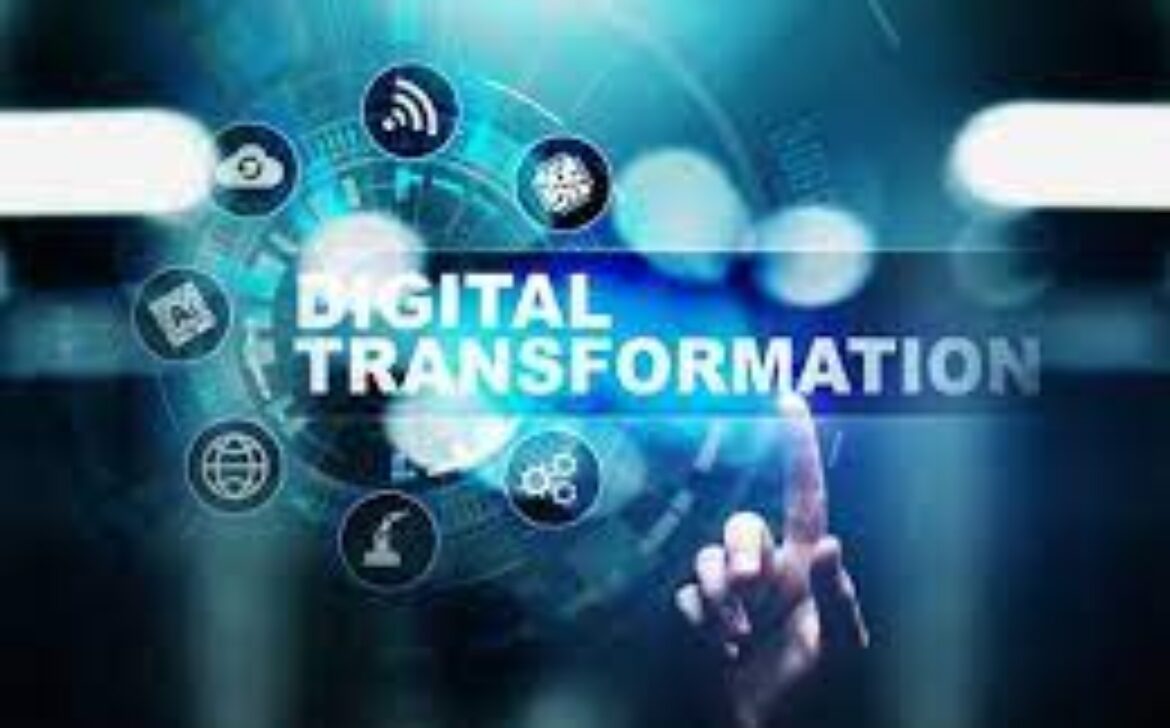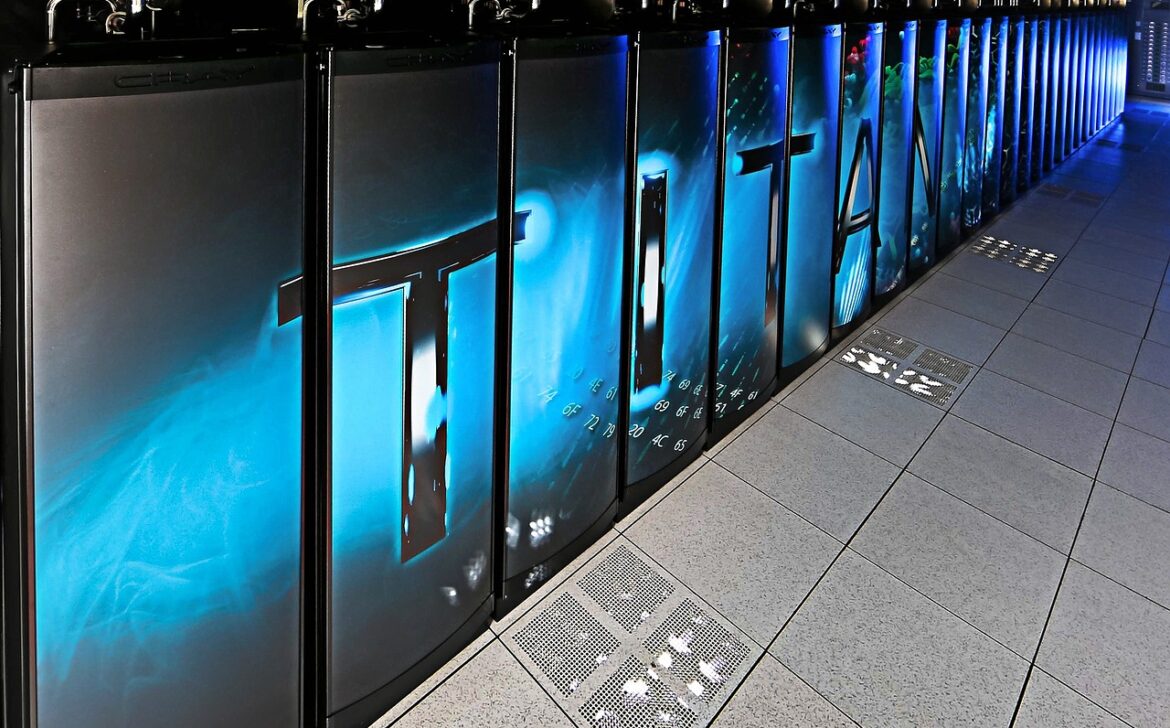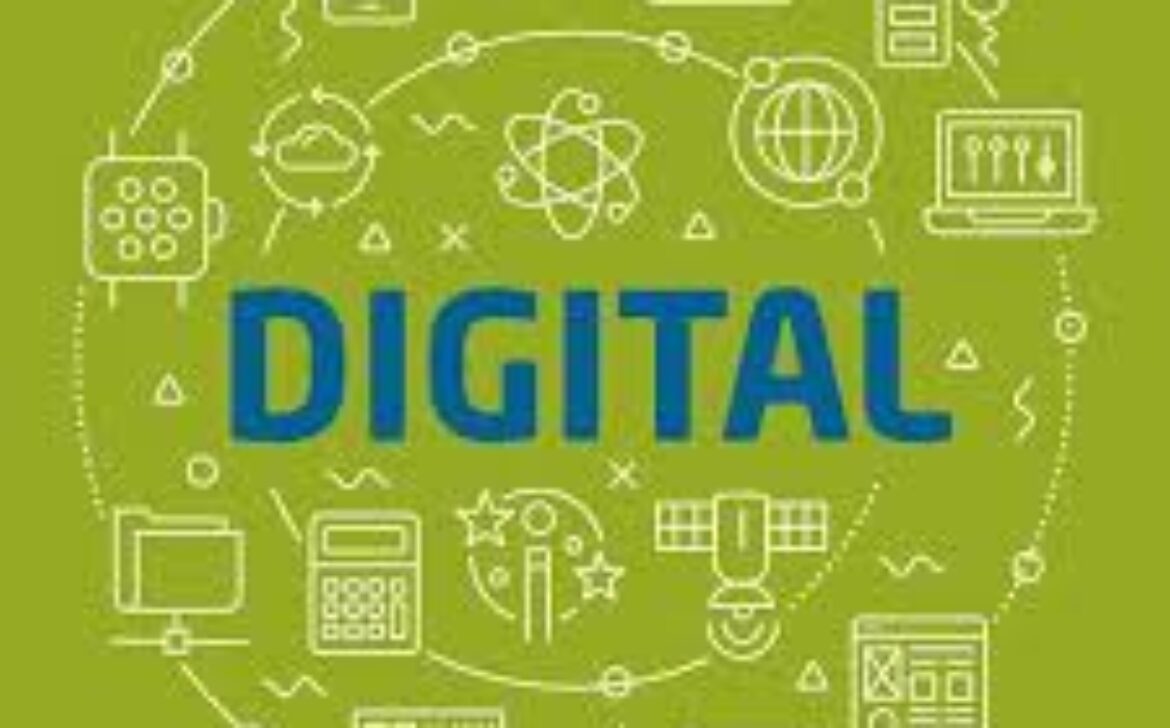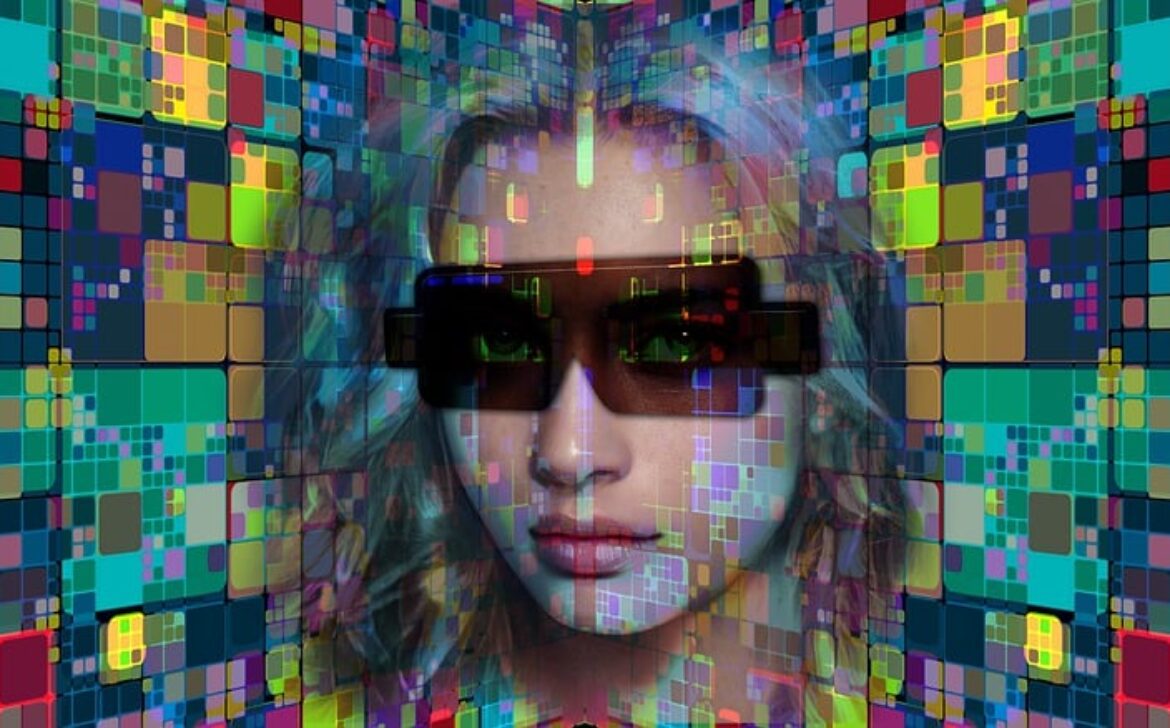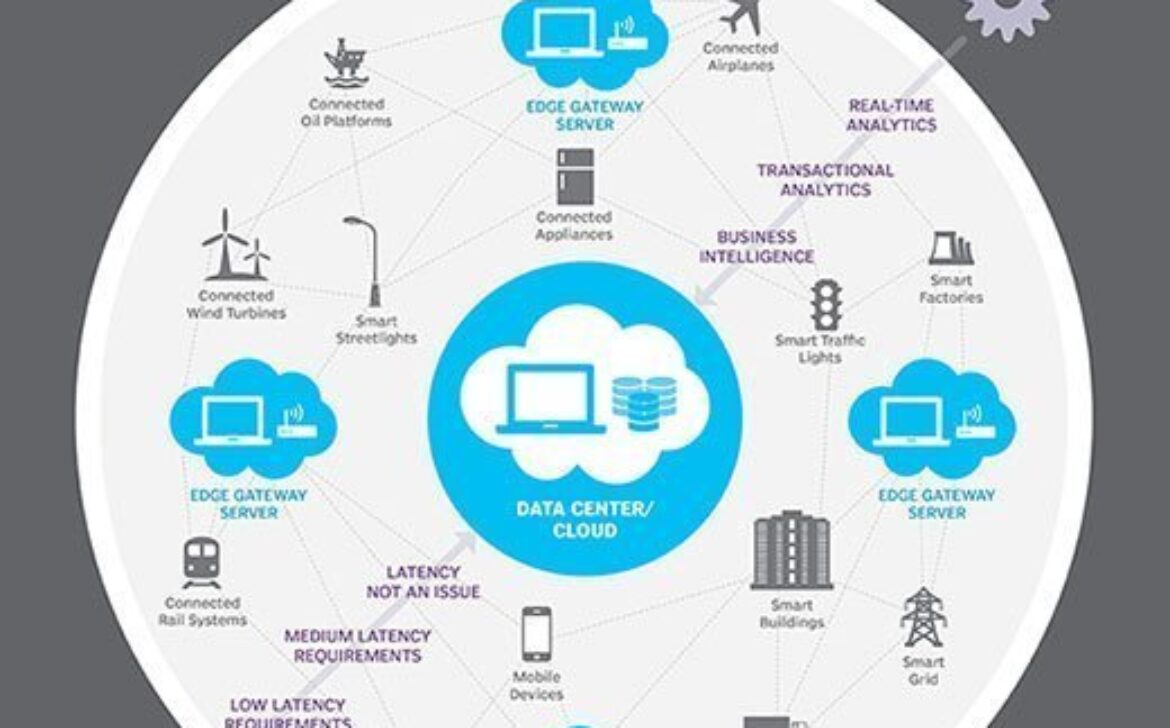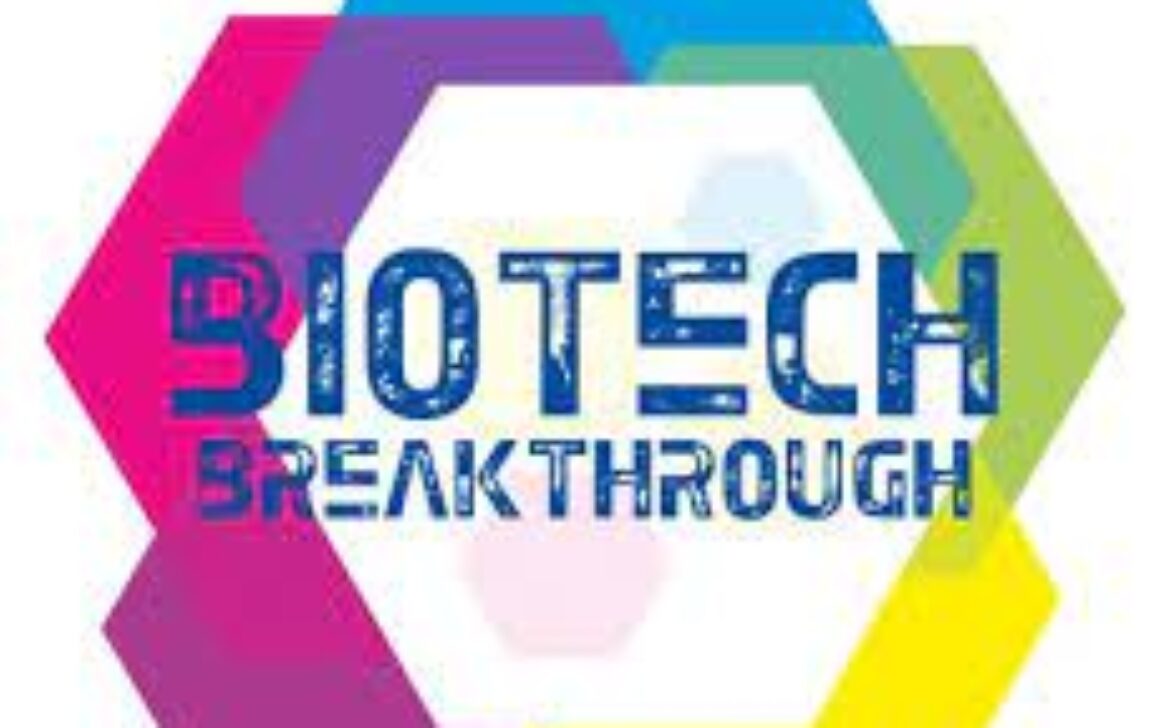Unveiling the Future of Interaction: The Power of Speech Recognition Technology

In an era of seamless connectivity and personalized experiences, Speech Recognition has emerged as a cornerstone technology. The ability to convert spoken language into text or commands has revolutionized how we communicate with devices, automate tasks, and enhance accessibility. Let’s explore the fundamentals and potential of Speech Recognition.
Understanding Speech Recognition
Speech Recognition is a technology that allows computers to interpret and understand spoken language. Using advanced algorithms and Natural Language Processing (NLP), computers can convert spoken words into text and even identify the intended meaning behind those words.
Empowering Accessibility
One of the most impactful applications of Speech Recognition is in accessibility. For individuals with disabilities or impairments, speech-enabled devices offer newfound independence. Voice commands can navigate smartphones, control smart homes, and interact with digital assistants, making technology more inclusive.
Voice Assistants and Beyond
Voice assistants, such as Siri, Alexa, and Google Assistant, have become ubiquitous in our daily lives. These virtual companions not only understand voice commands but also provide real-time responses and contextually relevant information. From setting reminders to answering questions, voice assistants have become indispensable tools.
Automating Workflows
Speech Recognition isn’t just about convenience—it’s also about efficiency. In business settings, professionals can dictate documents, emails, and reports using speech, reducing the need for manual typing. This not only saves time but also minimizes the risk of repetitive strain injuries.
Challenges and Nuances
While Speech Recognition has made significant strides, challenges remain. Accents, dialects, background noise, and context can sometimes pose difficulties for accurate recognition. However, ongoing advancements in AI and machine learning are improving the accuracy and adaptability of speech recognition systems.
Multilingual and Cross-Cultural Communication
Speech Recognition is breaking language barriers by enabling communication across languages and cultures. Translation services powered by speech recognition allow for real-time interpretation, making global interactions smoother and more effective.
Security and Privacy
As voice becomes a preferred mode of interaction, security and privacy concerns emerge. Protecting voice data from unauthorized access is crucial, and encryption and secure processing are essential to ensure user trust.
The Future of Speech Recognition
The future of Speech Recognition is bright. As technology evolves, we can expect more accurate and contextually aware systems. From healthcare to education, entertainment to customer service, speech recognition will continue to redefine the way we interact with technology.



